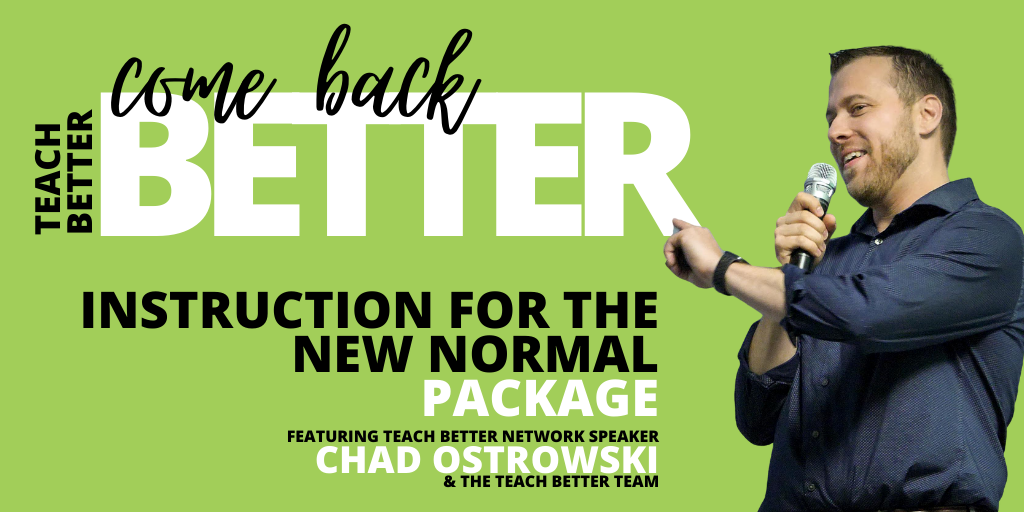TL;DR:
- To prepare for any scenario, materials, lessons, and activities should be accessible to students anywhere and anytime.
- Teachers should create non-time dependent instructional plans that flow from one learning environment to another.
- Utilizing mastery and standards based grading to focus on targeted objectives provide a pathway to success.
Things Are Different Now.
No matter how you look at education and what’s happened since March 2020, education has changed. The global pandemic of COVID-19 shut down our physical schools, and forced a nation (and world) of teachers to switch to remote learning. As we look to the future, there is nothing certain or predictable about what we face.
In this unpredictability and uncertainty, however, is something of a silver lining. This uncertainty will force us to reimagine education. This will force a discussion about how to continue reaching students and helping them learn in circumstances we can’t control. This new normal will require flexibility and a dramatic shift from what school and education has been in the past.
This new normal will require flexibility and a dramatic shift from what school and education has been in the past. Share on XHere are some of the changes to instruction that will be necessary for the “new normal”.
1. Instruction Cannot Be “Place” Dependent.
We absolutely cannot depend on having a consistent physical location to meet, convene, and work with learners. If we plan in this traditional sense, we are setting ourselves up for failure with any shift to remote or hybrid learning that may occur.
We must reimagine the access students have to the content, resources, and instruction. It’s crucial that these things can be viewed or utilized from any place or location the students might be. By planning for the most restrictive physical (or digital) environment, we can ensure that students can continue learning regardless of what the circumstances provide.
2. Instruction Should NOT Be “Time” Dependent.
As educators, many of us are used to planning a lesson for a specific time and place. This cannot be the case when we are looking at having some students learn remotely or through distance learning—or if we have sudden changes in plans. This would require a huge shift in plans, and for secondary and tertiary plans to be in place.
What makes the most sense is to create a non-time dependent instructional plan that can flow easily from one learning environment to another. This also allows learners to access the materials, lessons, and activities at their convenience. This helps reduce stress if there are siblings at home in a remote learning scenario. It allows students to work around home schedule conflicts or even hybrid school model schedules as well.
Utilizing a planning and instructional framework like The Grid Method can help educators develop a successful self-paced environment for all of their students.
[scroll down to keep reading]3. Mastery & Standards Based Grading Should Be The Norm.
Because of the tremendous shifts that are occurring for both learners and educators, now is the worst time to nit-pick with students about completion of assignments. The shift to standards based grading, as well as mastery based feedback and instructional reporting practices, is one that was already long overdue. But with the current educational environment, this is needed now more than ever before.
We should be focused on targeted standards and finding out what the student knows and does not know. This is what grade should report. This prevents students from having to complete 15 missed assignments. It can also provide a pathway to success by focusing on targeted objectives in order to show mastery in a content area or class.
You can also create standards aligned assessments that allow you to directly measure mastery and identify where students’ gaps may exist.
Regardless of what school looks like in the future, these 3 pillars will help every classroom in your school or district thrive!
About Chad Ostrowski
Chad Ostrowski is the co-founder of the Teach Better Team, and creator of The Grid Method. He is also a co-author of the Teach Better book. But Chad is a middle school science teacher at heart. He now travels the country sharing his story, working with teachers, schools, and districts to help them to reach more students. Chad is also a member of the Teach Better Speakers Network.


